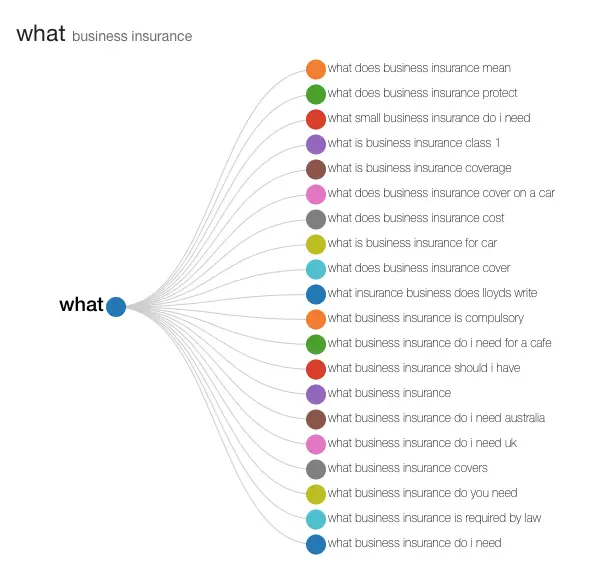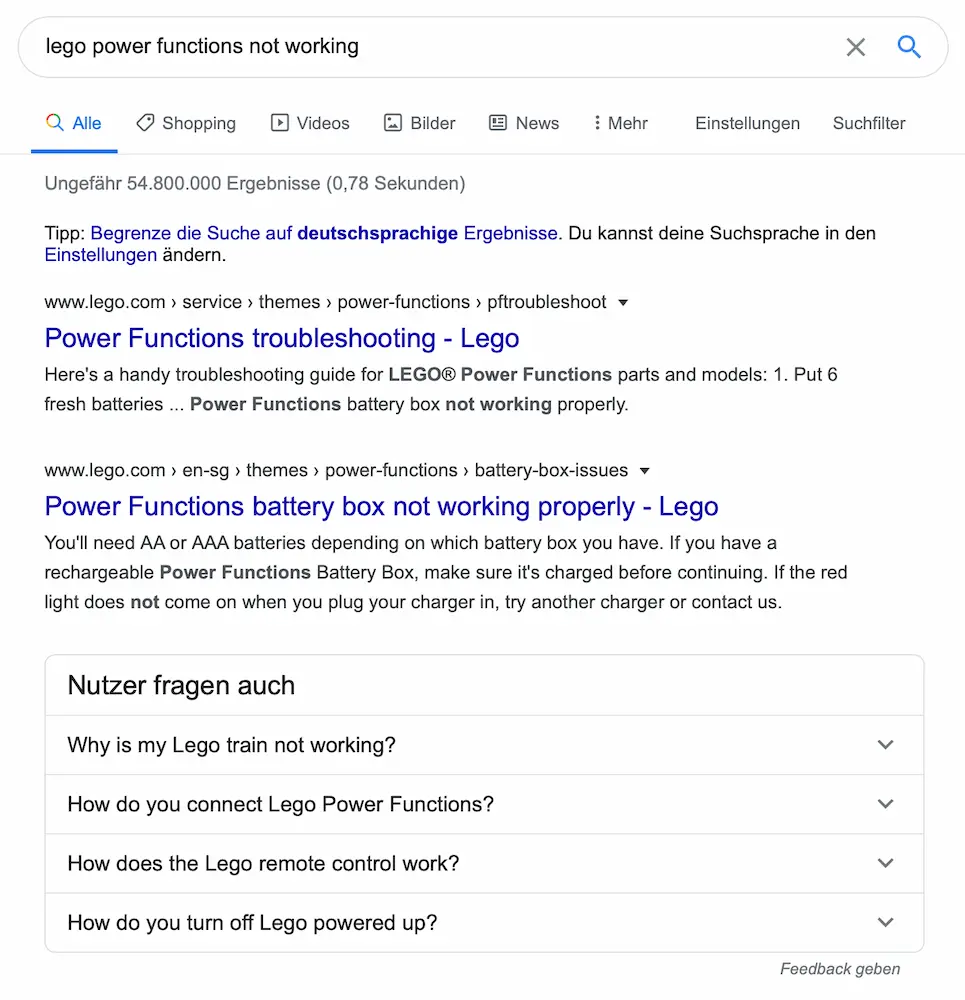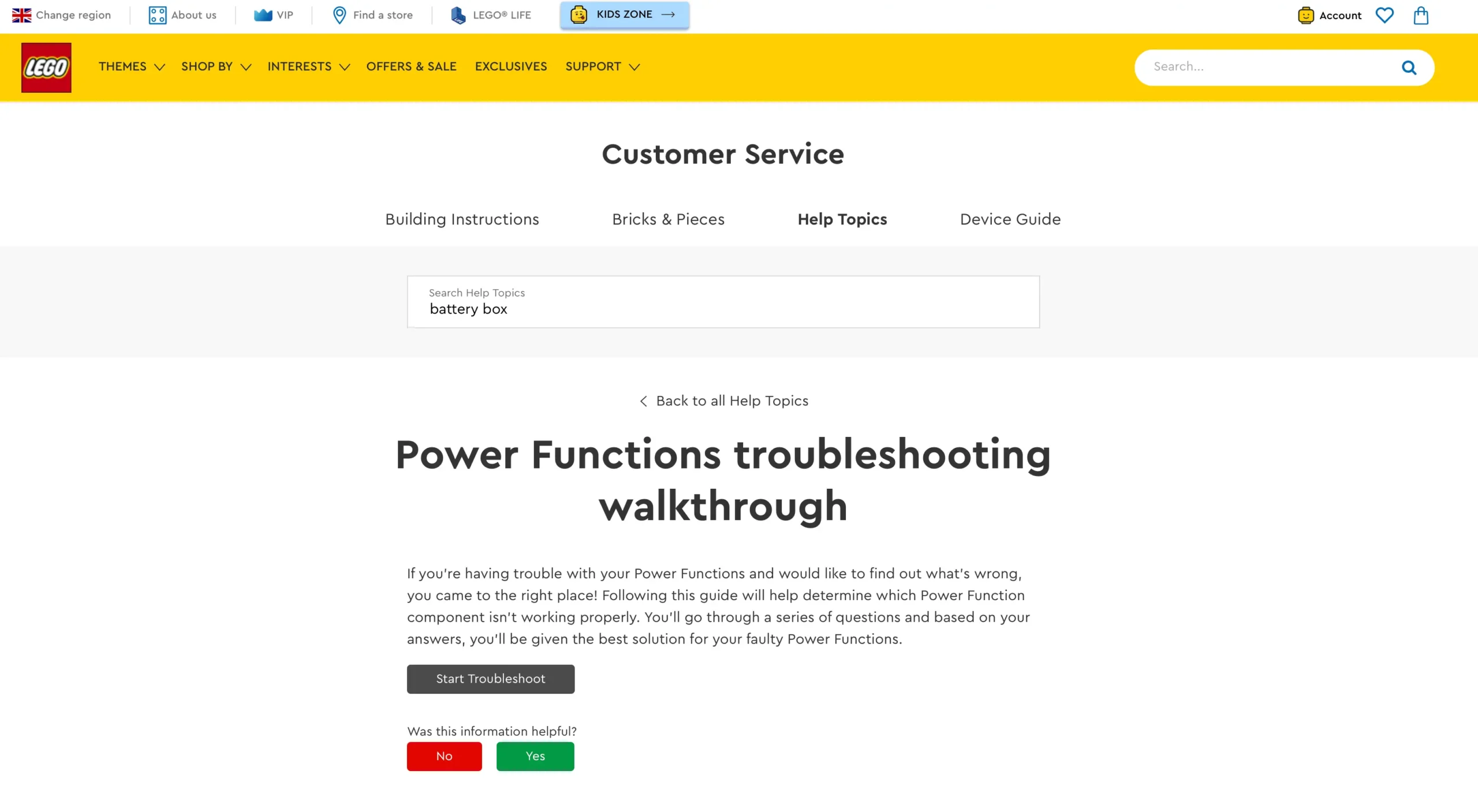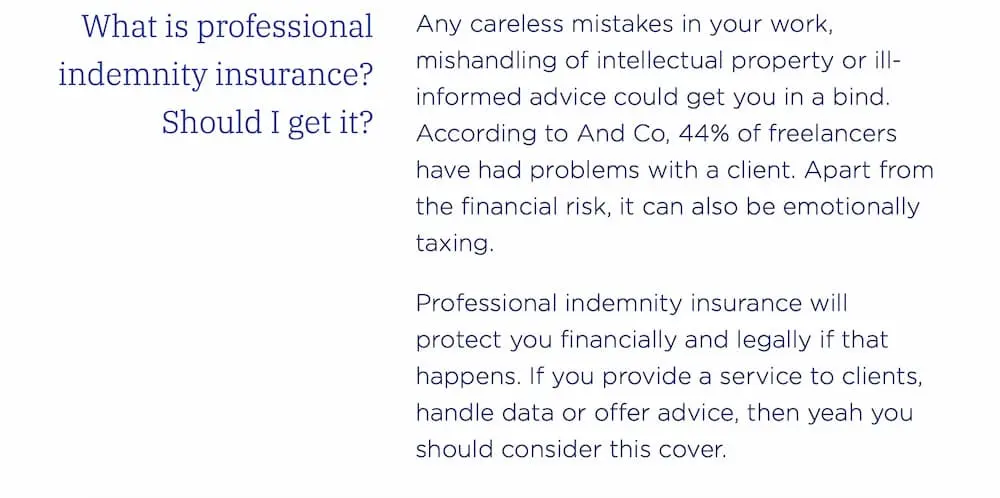
Get them right and you’ll save cost, add oomph to your SEO, clarify your positioning and even drive sales. But get your Frequently Asked Questions wrong and customers will stop trusting them — and you.
One company whose FAQs really stand out is With Jack: Business insurance on a first-name basis. And yet, I got to optimise them even further.
Discover top tips for writing awesome FAQs – curated by With Jack founder, Ashley Baxter, and me.
About Ashley Baxter
Ashley Baxter is currently building With Jack, business insurance on a first name basis.
With 15 years’ experience in insurance and nearly 10 years as a freelance photographer, Ashley bridges the gap between creative and insurer.
Based in Scotland, Ashley likes video games, walking her dog and taking photos.
Where to start with FAQs if your business is new
1. Use search engines to find out what people really want to know
Don’t make things up — it’s better not to have any FAQs than to have irrelevant ones and damage their effectiveness. Because if people don’t learn something interesting, they won’t return to them, even if you improve them later on.
Ashley uses Google to research what confuses her audience about insurance:
When I search for something business insurance related, I’ll look at the related searches and go down that rabbit hole. You can find a lot of relevant content from that. This gives me an indication as to what questions people are searching for.

From Google’s related questions…

… to questions answered by Jack.
2. Validate your FAQ ideas with keyword research
Don’t worry if you’re not familiar with SEO and marketing practices: there are lots of free and easy-to-use tools you can use to check what people are searching for.
For example, Ashley uses answerthepublic.com to validate what she believes to be common questions. It provides a visualisation of commonly asked questions relating to whatever keyword you search for.

1. Start with your search engine’s auto-complete feature to get some ideas…

2. Head over to answerthepublic.com to validate them…

3. You’ll get a colourful diagram telling you what people really want to know. Beautiful — and useful, too!
How you can use customer service information to create FAQs
3. Add real questions from your customers and prospects
Make time to review emails, calls and chats from your customers at least once a month, and update your FAQs accordingly. Ashley describes her process:
If something is asked more than once, I make a note of it and add it to the FAQs. Improvements … stem from continuing to speak to customers and researching freelancers’ confusions and questions about insurance.
4. List the most frequent, most recent questions first
OK, this may seem obvious. But lots of FAQ pages out there still list them alphabetically, or add new articles at the bottom of the page. F is for frequently, and visitors are much more likely to trust your competence if they can get the help they need, fast.
Brilliant FAQs: Where customer support meets content marketing
5. FAQs: your blog’s little sister
Your blog builds trust by showing you know what interests your audience and that you share their values. The same is true for the most useful FAQs. So treat them like mini-blogs and make them part of your content marketing strategy. Ashley turns meatier topics into a blog post:
A lot of my target market know nothing about insurance and I have to remember that, then build Jack’s FAQ and content around that. When I notice the same questions popping up, I add them to the FAQ or even create a blog post around them.
6. Give each question its own URL
Ashley told me:
To be honest, I think few people take the time to read the nitty gritty parts of an insurance site. I don’t blame them!
That’s why she’s planning improvements to help people find the right content:
I’ll build in search functionality so people can find exactly what they’re looking for. I also think that page is good for SEO.
While a searchable FAQ page is good for SEO, it’s even better if each of your articles has its own URL. Because we know that customers tend to Google their questions instead of reading through a dedicated website, top to bottom. Ideally, you’ll want to add schema markup so the information can be surfaced on the Google search results page.
Here is an example of what this looks like: At LEGO Consumer Service, one of my projects was to drive more traffic directly to the LEGO® help topics.
The following screenshots show how easy it is now to Google a specific issue and get the best help in one click:

Simply tell your search engine what’s up — and the right FAQ appears. Magic!

How to measure your FAQs’ performance
7. Check if people ask you about things explained in your FAQs
Are customers praising them or asking follow-up questions? That’s a good sign (you’ll never be able to give answers for everyone’s specific circumstances.)
If you still get questions you’ve answered online, try making your FAQs more ‘findable’, or changing the wording (see our tips later in this article).
8. How long do people spend on the page — and what do they do next?
Analytics are very important to a web based company such as with Jack, so we weren’t surprised to find that Ashley’s done a bit of number crunching:
For the people that do read the FAQs, Analytics tells me they spend an average of 4+ minutes on the page. Considering there aren’t too many questions, I’m happy with that level of engagement.
It’s also worth tracking where your page visitors go to when they leave the FAQs:
- Brilliant: They go on to another FAQ item or your blog, sign up for your news, or make a purchase.
- OK: They contact you with a question that was not directly answered in the FAQs.
- Warning sign: They move on to a search engine or a competitor’s site.
Why your FAQs’ tone of voice matters
9. Use your customers’ words to write your FAQs
If you build your FAQs on keyword research and customer service info, you’re more likely to speak the language of your audience. Ashley confirms this from her own experience:
The danger of working in an industry for so long is that you forget what it’s like to not understand any of it. The terminology, the process, etc.
Some of with Jack’s FAQs tackle insurance terminology like ‘errors’, ‘omissions’ and ‘duty of care’ head-on and explain it in a conversational, informal tone. So prospective customers feel confident making an informed decision.
Here’s an example:

“Yeah you should consider this cover.” <3
10. Make your FAQs sparkle with some pro support
Ashley knew from the start what she wanted Jack to feel like:
I was inspired by simple.com. They’re tackling a similar industry to Jack (banking), in an approachable manner and with design at their core. This is the exact direction I wanted Jack to take, but I needed a copywriter to bring that vision together.
In the end, Ashley hired From Scratch to bring consistency and customer focus to With Jack’s positioning and tone of voice. Check out our case study about the work we did with Jack.
Get in touch today to get to know us, talk through your project or discuss a workshop.